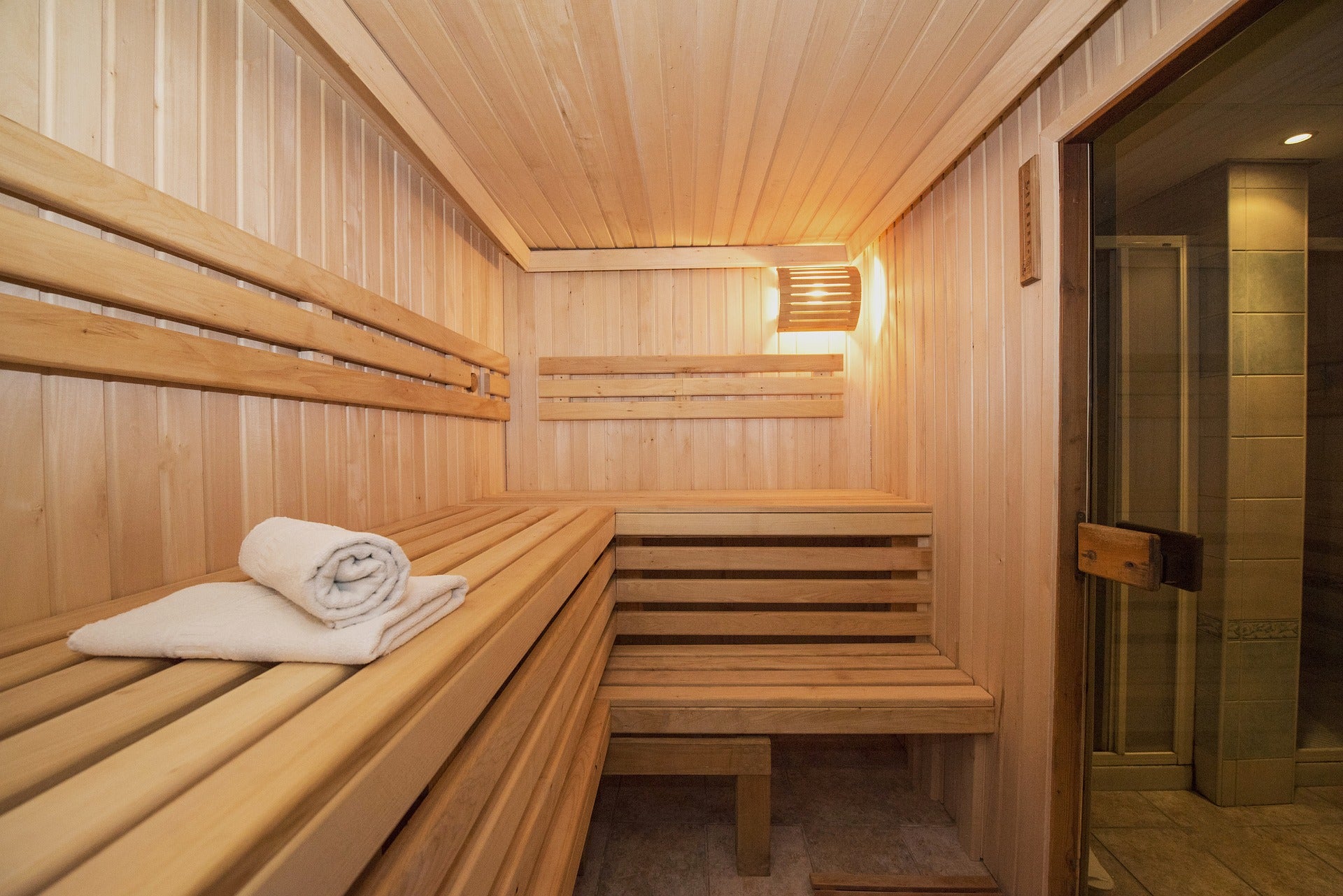The Basic Principles Of Traditional Sauna
The smart Trick of Traditional Sauna That Nobody is Talking About
Table of ContentsAll about Traditional SaunaOur Traditional Sauna IdeasFacts About Traditional Sauna Uncovered8 Simple Techniques For Traditional SaunaA Biased View of Traditional Sauna
Power savings is one point to take into consideration for individuals that intend on utilizing their sauna regularly. For a conventional sauna, bathers generally need to await 30-40 mins for the space to preheat before entering. Infrared saunas, on the other hand, typically reach their optimal temperature in about 15 mins.That suggests that in an infrared sauna, bathers can begin appreciating their sauna promptly. One distinction in between the 2 types of sauna that is frequently forgotten is the social experience.

Excitement About Traditional Sauna

Try a sauna today and discover several of the remarkable advantages for on your own!.

Variables such as warmth tolerance, preferred degree of detoxing, and overall health must be taken right into account when deciding which kind of sauna to make use of. Infrared saunas are a type of sauna that make use of infrared light to heat the body directly, instead than heating up the air around the body like typical saunas.
Getting My Traditional Sauna To Work
The temperature in an infrared sauna is commonly lower than in a traditional sauna, with temperature levels varying from 120F to 150F. Infrared saunas use an array of advantages that make them an eye-catching option for those seeking to improve their wellness and wellbeing. Some of the benefits of infrared saunas include: Infrared saunas make use of reduced temperatures than conventional saunas, which can make them extra comfy for those who locate heats hard to tolerate.
This can help to promote relaxation, reduce muscular tissue tension, and alleviate pain. Some experts recommend that infrared saunas might provide benefits for comforting a sore throat. Infrared saunas have actually been revealed to assist the body remove contaminants through sweating. Sweating can additionally help to enhance skin health and wellness by eliminating pollutants and dead skin cells.
The heat generated by infrared saunas can aid to increase blood flow and enhance circulation. Infrared saunas have actually been shown to help lower stress and discover here anxiety and advertise leisure.
With their lower temperature levels, deep penetration, and variety of wellness benefits, infrared saunas are a terrific way to kick back, relax, and boost your overall health and wellness. Traditional dry saunas have been around for centuries and are still preferred today. They are generally heated up with wood, gas, or power and have reduced moisture degrees.
Fascination About Traditional Sauna
There are several benefits to using a typical completely dry sauna. Below are a couple of: Leisure: The heat and reduced moisture in traditional dry saunas can help relax the muscle mass and decrease anxiety levels. Cleansing: Sweating in a sauna can help get rid of toxic substances from the body, which can enhance overall health.
When it concerns saunas, there are two main sorts of home heating approaches: conventional and infrared. Conventional saunas use heated air to warm the body, while infrared saunas use infrared radiation to permeate the skin and warm the body from within. Among the main differences between both techniques is the kind of warmth they generate.
Standard saunas heat up the air, which after that heats up the body through convection. Infrared saunas, on the various other hand, warm the body directly via radiation.
In terms of power dig this performance, infrared saunas are typically much more reliable than standard saunas because they call for less power to run. They likewise warm up faster, so they can be utilized for shorter sessions. Traditional Sauna. When it involves the impacts on the body, both kinds of saunas have been revealed to have benefits
The Greatest Guide To Traditional Sauna
Infrared saunas have been revealed to have comparable advantages, along with possibly assisting with detoxing, skin health, and immune function. On the whole, the choice between a standard or infrared sauna boils down to individual preference and individual requirements. Standard saunas might be much better for those that like greater temperatures and a much more intense sweat feedback, while infrared saunas may be much better for those that desire an even more mild and reliable warmth therapy.
Both visit this page sorts of saunas offer one-of-a-kind advantages and downsides that ought to be considered prior to deciding. The choice in between an infrared sauna and a standard completely dry sauna greatly relies on individual choice and the preferred benefits. Those who choose a more comfortable, reduced temperature level setting might like an infrared sauna, while those who are seeking extreme warmth and a typical sauna experience might like a standard dry sauna.
Here are some safety pointers to keep in mind when using infrared and traditional completely dry saunas:: Saunas can create too much sweating, bring about dehydration. It is necessary to consume plenty of water before, during, and after sauna sessions to stay hydrated.: It is recommended to restrict sauna sessions to 20-30 mins to avoid getting too hot and dehydration.